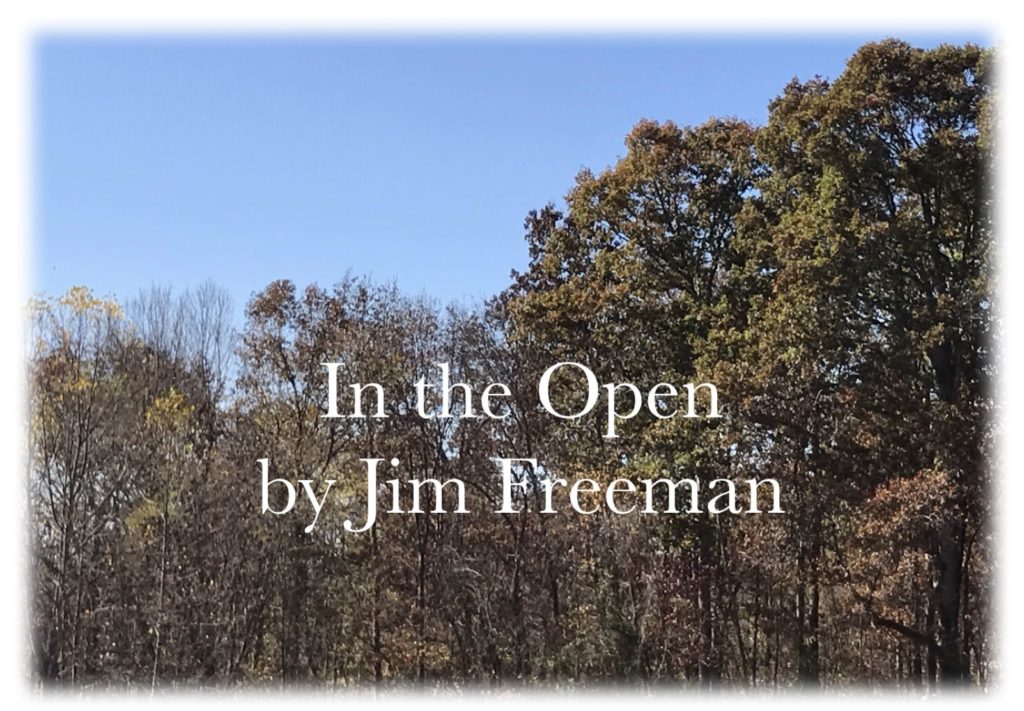In the Open: Favorite deer cartridge going strong at 144

 Although Ohio’s deer hunters are new to using straight-walled cartridge rifles, the most popular cartridge among those same hunters is 144 years old.
Although Ohio’s deer hunters are new to using straight-walled cartridge rifles, the most popular cartridge among those same hunters is 144 years old.
This November marks the fourth year that Ohio’s deer hunters can use rifles chambered in straight-walled cartridges during the youth gun, and regular and bonus deer gun seasons. A straight-walled cartridge (SWC) is a cartridge that, as the name suggests, has a straight wall. An SWC could be described as a simple brass cylinder with a rim at one end, a bullet in the other, with gunpowder in between.
SWCs hearken back to the days when centerfire cartridges were in their infancy – originally loaded with black powder, and firing big bullets at slow velocity.
According to the Ohio Department of Natural Resources-Division of Wildlife about 15 percent of Ohio’s deer gun hunters opted for hunting with straight-walled cartridge rifles, and half of those 15 percent (or 7.5 percent of the total) are opting to use rifles chambered in the venerable .45-70 Springfield.
It’s amazing to think that the most popular deer rifle cartridge in Ohio was initially rolled out the same year that President Ulysses S. Grant started his second term. The .45-70 was developed for the single-shot Springfield Model 1873, commonly called the “Trapdoor” Springfield, and was called the .45-70 because it used a 45-caliber bullet and 70 grains of black powder.
The .45-70 and the carbine version of the trapdoor rifle, along with the Colt Single Action Army revolver chambered in .45 Colt (which was developed a year before the .45-70), were the firearms carried by the U.S. Army in the ill-fated Custer’s Last Stand on June 25, 1876. The .45 Colt is still going strong as well, and is also a legal deer hunting cartridge in Ohio.
The .44 Remington Magnum, .444 Marlin and .357 Smith & Wesson Magnum account for most of the other half of popular Ohio rifle calibers, with some of the more obscure or proprietary offerings making up the remaining nine percent.
Gone this year is the “list” of permitted SWCs, replaced simply by “straight-walled cartridge rifles with a minimum caliber of .357 to a maximum caliber of .50 are permitted.” For more information consult the Ohio Trapping and Hunting Regulations 2017-2018.
Considering that the .45-70 was developed 144 years ago, and was once largely absent from the sporting scene (the .444 Marlin was designed to fill the .45-70’s niche back in the 1960s), it says a lot that all major U.S. ammunition makers still produce ammunition for it.
While most factory ammo is loaded to levels that old rifles can safely handle, it is probably wiser and safer to leave those antique guns in the rack. Newer rifles can handle substantially stouter loadings and shooters can exploit this by reloading their own or purchasing “+P” ammunition – which is not safe to fire in the original guns. Of course no matter what you carry afield, always follow the rules of safe gun handling: always keep the muzzle pointed in a safe direction, treat every gun with the respect due a loaded gun, be sure of your target and beyond, and keep your finger off of the trigger until ready to shoot.
The majority of Ohio’s deer gun hunters will continue to use shotguns. I don’t have anything against shotguns; it is hard to match the versatility of a shotgun – by switching out barrels, chokes, and ammunition a single shotgun can be configured to hunt pretty much any wild game species in the state. If you were limited to only one gun here in Ohio, a 12-gauge pump-action shotgun would be the way to go, but it is nice to have choices.
So what is the benefit to using 1880s rifle technology versus a modern, rifled shotgun?
The answer is largely subjective. Depending on the cartridge, SWC ammunition is generally more affordable than modern, saboted, slug ammunition, and recoil may be substantially lower. Although the .45-70 and .444 Marlin are no shrinking violets in the recoil category, their flinch-inducing kick is still about half that of a shotgun with magnum slugs. The .44 Magnum in a rifle is a pussycat with low recoil energy and recoil velocity.
As for me, I just prefer the handling, balance and precision of a cartridge rifle versus a shotgun, and the cleanliness and convenience of modern smokeless powder (in cartridge form) versus an inline muzzleloading rifle – to each his own.
Incidentally there is one American metallic cartridge still made today that predates the .45-70 and .45 Colt. That cartridge? The little 22 Short, introduced in 1857, four years before the U.S. Civil War.
Jim Freeman is the wildlife specialist for the Meigs Soil and Water Conservation District. He can be contacted weekdays at 740-992-4282 or at [email protected]






